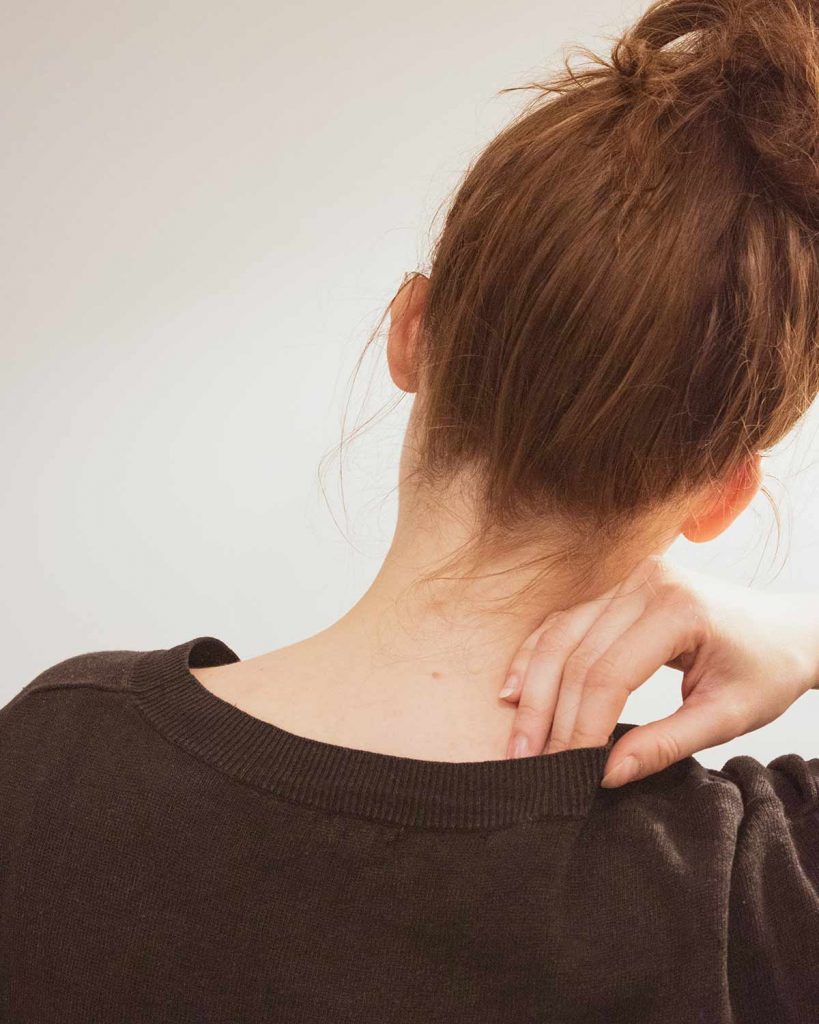Maybe you’ve always thought of yoga as something you’ll get to one day, but never known which type of yoga to try. Maybe you tried it once or twice, but it didn’t feel right. Why would you want to give yoga a try?
Yoga is more of a work-in than a work-out. Yoga can teach you how to calm down, because you must calm down in order to flow through the postures. The asanas are designed for meditation (or mindfulness), allowing you to reconnect to the present; a good work-in can be emotionally healing. Even though yoga has mental benefits, that doesn’t mean it’s physically easy. Many first-timers share the misconception that their first class will be easy, and may be left feeling intimidated if it was too difficult. But yoga is worth the practice, because it will aid in releasing toxins, help to prevent future injuries, and give you muscle tone in the process.

Yoga Teacher Ashley tells every beginner these two things…
1. Yoga is a practice.
This is why you hear the term “practitioner” around yoga. It’s important to keep this concept in mind as you begin your yoga journey. On some days you may not be able to do what you did before, but on other days, you’ll feel like your best self on that mat, much like how you show up for life itself. Beware of comparison to others, and do not try to do exactly what your instructor or classmates are doing. Every practitioner is at a different place in their journey.
2. Yoga should feel good.
You may have a tight muscle here and there, but nothing should ever hurt. If something hurts, stop! Yoga will teach you how to listen to your body. Everyone’s body is different, down to their bone structure, so what might feel good for someone else may be physically impossible for you. Always do what feels right for your body.
So, what kind of class should you try first?
The term “beginner” is subjective, so a class labeled for “Beginner’s” may end up being too easy or too difficult, when you really need something in between. Try a “Restorative” yoga class. In Restorative Yoga, there is a focus on a handful of postures during one class, so the instructor will have more time to offer modifications. Modifications to a posture help practitioners find the right position for their own body. Best of all, Restorative Yoga is slow-paced, so there will more verbal cuing and time for demonstrations of the postures.
If you can’t make it to an in-person class, try this sequence in the comfort of your own space:
1. Child’s Pose: Kneel on your mat and bend forward, reaching your arms out and resting your hands and forehead on the mat. This posture stretches out the lower back, aligns the spine, and gives you space to regulate your breathing and set an intention. An intention is a goal you set for yourself, or a mantra, like “I am strong,” that you can recite throughout your flow.
2 and 3. Cat and Cow: Shift to hands and knees, and breathe through cat and cow. Breathe in, dropping the stomach and looking up (cow), and then breathe out, arching the back and looking down (cat). Flow through these two postures for several breath counts, stretching the abdomen, spine, and shoulders.
4 and 5. Downward Dog and Plank: From hands and knees, tuck your toes, and then lift your hips up, so that you look at your knees and stomach. This posture strengthens your back and shoulders, relieves pressure on your lower back, and stretches out the backs of your legs. Your feet do not have to be flat here, which is a popular misconception. Now, lower your hips until your body is a straight line from the shoulders to the heels. If that’s too intense, drop the knees, making a straight line from the shoulders to the knees. Either way, push up strong through your arms and use your breathing to hold this posture for a moment. When you’re done, lift the hips back up into your downward dog, and repeat this transition a few times.
6. Tree: From downward dog, walk your hands back towards your feet until your upper body is laying on your thighs, and then roll up through the spine, coming to a stand. Push your feet into the ground, put a bend in your knees, and then shift your weight into one foot. Bring your other foot to your ankle or above the knee, wherever you feel most balanced. If you’re having difficulty finding your balance, you may lean on a wall for support. Now bring your hands together in front of your heart. Repeat on the other foot. The tree pose is designed to help you find your balance, both physically and mentally.
Every time you return to yoga, you will find the postures to be less intimidating and more rewarding than the last, while the benefits of a regular practice will become more noticeable to you over time. Don’t worry about being good at yoga, no matter the amount of time you’ve put into it. Try thinking of yoga only as being good to yourself.
Photography by Gabrielle Henderson




